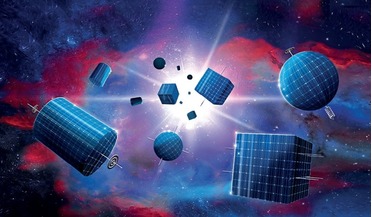 August 2017
Big science from small spacecraft
August 2017
Big science from small spacecraft
... where we catch up with a comet take a little longer and will require a higher standard of reliability: ESA’s flagship Rosetta mission took 10 years to rendezvous with comet 67P/Churyumov–Gerasimenko. Such long mission durations are not...
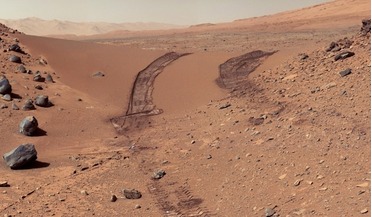 February 2019
Simulating lunar and martian regolith in the laboratory
February 2019
Simulating lunar and martian regolith in the laboratory
... simulated in the lab. Close up image of Comet 67P/Churyumov– Gerasimenko by Philae’s lander imaging system on ESA’s Rosetta spacecraft. Recreating the surface of Mars Simulating lunar and martian surface materials is not a trivial feat To expand ...
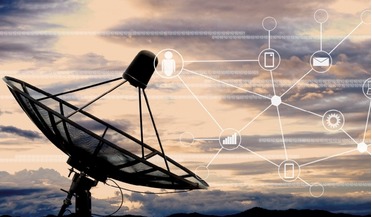 October 2020
Pandemic impacts - the state of the ground segment
October 2020
Pandemic impacts - the state of the ground segment
... Australia, is designed for communicating with deep-space missions and provides support to spacecraft such as Mars Express, Rosetta and Gaia. Cooperation In the absence of complete vertical integration, where one party controls the entire end...
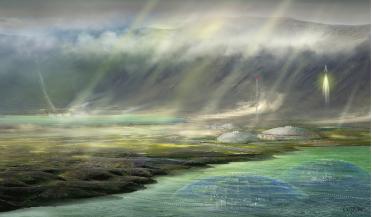 April 2024
Terraformal dreaming
April 2024
Terraformal dreaming
... of Mars generated using the orange (red), green and blue colour filters of the OSIRIS camera on the Rosetta probe, acquired in February 2007. Perhaps we could resolve to terraform Earth, instead? In the words of astronomer and artist...
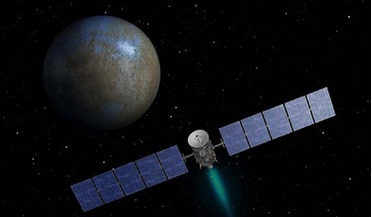 13 March 2015
Ceres breakthrough: NASA's Dawn is first probe to visit a dwarf planet
13 March 2015
Ceres breakthrough: NASA's Dawn is first probe to visit a dwarf planet
... core with rock around it. However, we have water [on Earth]. Where did the water come from? The Rosetta mission didn't find the right water out there on Comet 67 C-G [67P/Churyumov–Gerasimenko]; they found the...
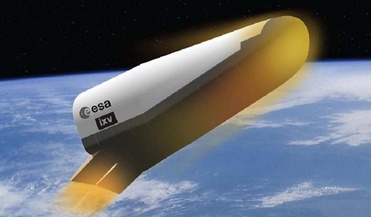 13 March 2015
ESA re-entry vehicle could pave way for reusable launcher
13 March 2015
ESA re-entry vehicle could pave way for reusable launcher
... systems in space is among the best worldwide, with the ATV (space station supply ship) and the Rosetta mission (to comet 67P/Churyumov-Gerasimenko). “We believe the return capability is running behind,” Tumino said. “We never closed...